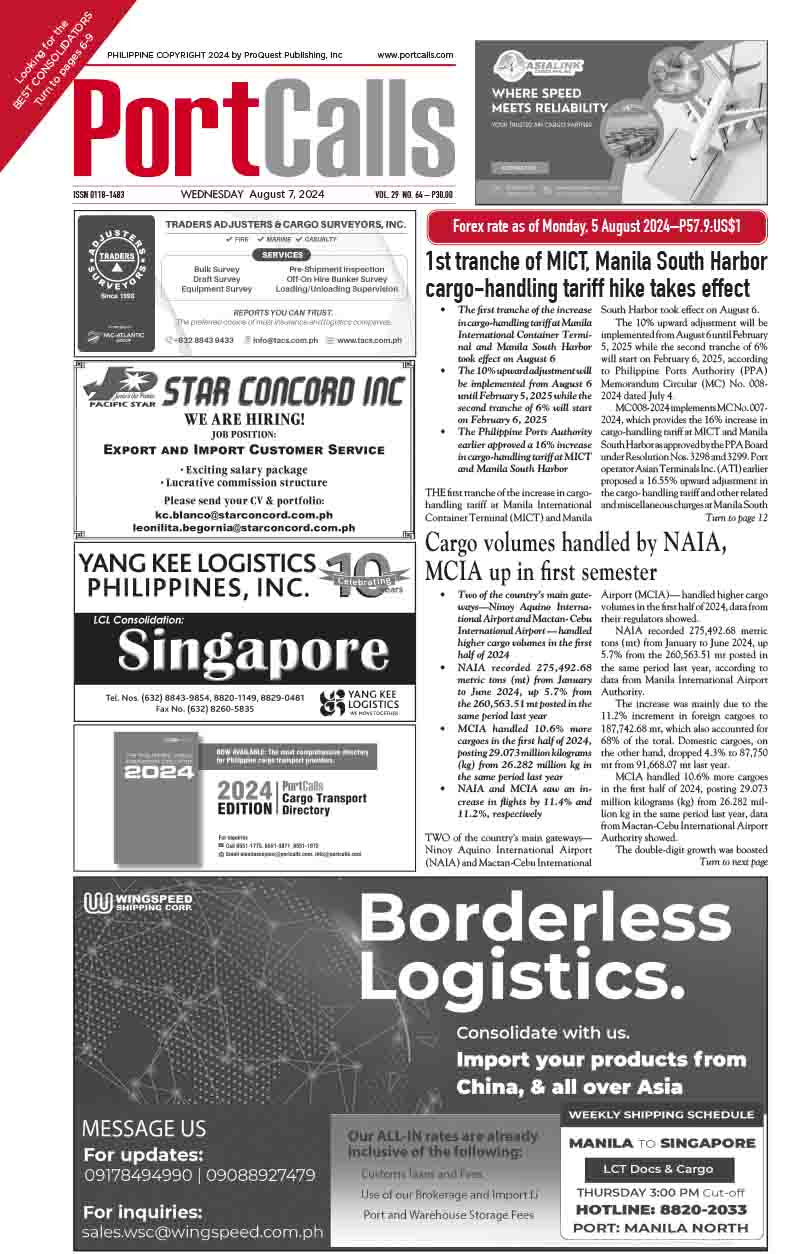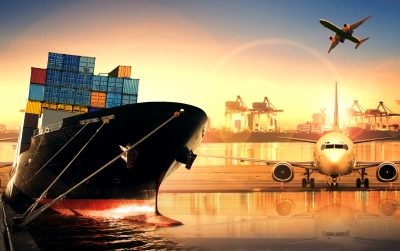As the Philippine logistics sector continues to evolve in our increasingly digital world, innovative training methods are emerging on the horizon.
Virtual Reality (VR) and Augmented Reality (AR) technologies, while still in their early stages in the country, hold immense potential to revolutionize how we prepare the next generation of logistics professionals.
This article explores the possibilities these technologies offer, their potential impact on the Philippine freight forwarding and logistics industry, and the challenges we may face in implementation.
Traditional logistics training in the Philippines often relies on classroom instruction, on-the-job training, and occasional simulations. While effective, these methods can be limited in their ability to provide hands-on experience in a safe, controlled environment. This is where VR and AR come into play.
VR and AR Role in Training
Virtual Reality immerses trainees in a computer-generated environment, while Augmented Reality overlays digital information onto the real world.
In logistics, these technologies can create realistic simulations of warehouses, ports, and supply chain operations, allowing trainees to practice complex tasks without real-world risks.
Potential Applications
• Warehouse Management
VR can simulate various warehouse layouts, helping trainees understand efficient design and operations
• Equipment Operation
AR can provide real-time guidance for operating forklifts, cranes, and other machinery, enhancing safety and efficiency
• Port Operations
VR simulations of port environments can train workers in container handling and ship loading procedures
• Supply Chain Visualization
AR can help managers visualize and optimize complex supply chains in real-time
Benefits for Logistics Sector
Implementing VR and AR in training could offer several advantages:
• Enhanced Safety
Trainees can practice hazardous operations in a risk-free virtual environment
• Cost-Effectiveness
While initial investment may be high, long-term training costs could decrease
• Improved Skill Retention
Immersive experiences tend to result in better information retention
• Attracting Young Talent
Tech-savvy approaches may draw more young professionals to the industry
Global Trends, Local Potential
Internationally, companies like DHL and UPS are already using VR and AR for training.
While adoption in the Philippines may be slower, the potential is there. Local companies could start by partnering with tech firms or educational institutions to develop pilot programs.
Challenges to Consider
Implementing VR and AR in Philippine logistics training faces several hurdles:
A. Infrastructure: Reliable high-speed internet and compatible hardware are necessary.
B. Costs: Initial investment in equipment and software development can be substantial.
C. Cultural Adaptation: There may be resistance to replacing traditional training methods.
D. Technical Expertise: Developing and maintaining VR/AR systems requires specialized skills.
While widespread adoption of VR and AR in Philippine logistics training may be a few years away, forward-thinking companies can start preparing now. This could involve:
• Conducting feasibility studies
• Allocating budget for technology investment
• Upskilling current trainers in VR/AR technologies
• Collaborating with tech companies and educational institutions
The integration of VR and AR into logistics training represents an exciting frontier for the Philippine industry. By embracing these technologies, the Philippines has the opportunity to create a more skilled, efficient, and competitive workforce ready to meet the challenges of global logistics.
As we look to the future, it’s clear that virtual and augmented reality have the potential to transform how we prepare logistics professionals in the Philippines. While the journey may be gradual, the destination promises a more dynamic, safe, and effective training landscape for our vital logistics sector.
PREVIOUS COLUMN: Beyond the Container: AI and IoT Transforming Philippine Supply Chain






